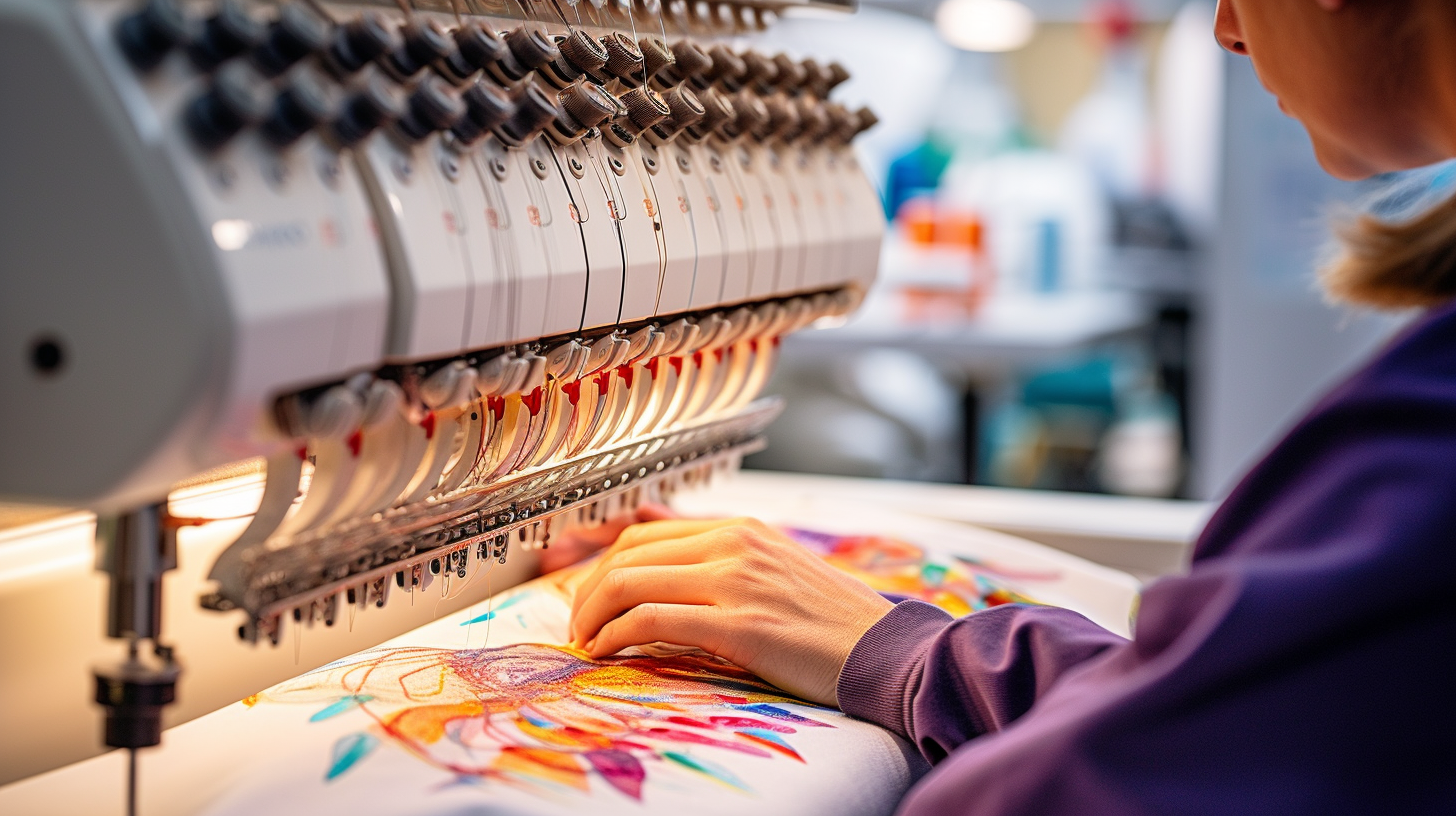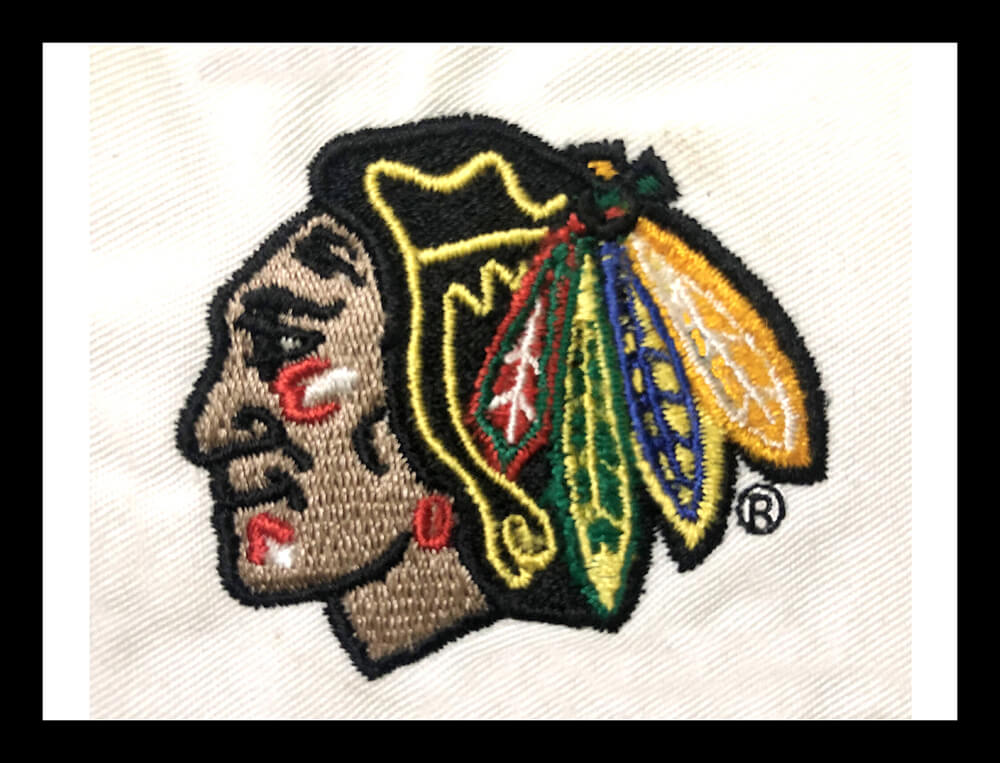Comprehensive Digitizing for Embroidery: From Design to Stitch
Comprehensive Digitizing for Embroidery: From Design to Stitch
Blog Article
Grasping the Needlework Digitizing Process: Your Ultimate Overview
Needlework digitizing is a careful craft that needs accuracy and expertise to convert detailed layouts into electronic layouts for machine needlework. As craftsmens get started on this trip to grasp the needlework digitizing procedure, a thorough understanding of the basics sets the structure for quality.

Recognizing Embroidery Digitizing Essentials
Needlework digitizing essentials create the structure upon which complex layouts are translated right into machine-readable styles for accurate stitching. This first action in the embroidery digitizing procedure is crucial for making certain that the last stitched item is a faithful representation of the initial design. Understanding needlework digitizing fundamentals involves grasping essential principles such as stitch types, sew direction, thickness, rug, and pull settlement.
Sew kinds play a vital duty in identifying the visual and textural outcome of the embroidered layout. By picking the suitable stitch type, whether it be satin, fill, or running stitch, digitizers can achieve the wanted effect and improve the overall top quality of the embroidery. In addition, stitch direction influences the circulation and dimension of the layout, while thickness establishes the spacing and protection of the stitches.
Moreover, underlay sewing offers security to the design by securing the material and preventing distortion during the embroidery process. Draw payment is an additional essential consideration to combat the natural tendency of fabric to agreement when sewn. Grasping these needlework digitizing essentials is fundamental for developing professional-quality embroidered products.
Selecting the Right Digitizing Software Program
Choosing the appropriate digitizing software is a crucial choice that significantly affects the performance and high quality of the embroidery digitizing procedure. Digitizing for Embroidery. When selecting the best digitizing software, it is important to think about elements such as the intricacy of styles you prepare to create, the user-friendliness of the software program, the degree of consumer assistance supplied, and the compatibility with your embroidery device
There are numerous digitizing software alternatives readily available on the market, varying from standard programs for novices to sophisticated software application for professional digitizers. Some preferred choices consist of Wilcom EmbroideryStudio, Hatch Needlework Software Program, and PulseID. These software application plans supply a vast array of tools and features to assist you create intricate layouts effortlessly.
Before making a decision, it is suggested to check out the various software choices via complimentary trials or demos to establish which one finest matches your requirements. Additionally, checking out evaluations and looking for suggestions from knowledgeable digitizers can give valuable understandings into the toughness and weaknesses of each software bundle (Digitizing for Embroidery). By thoroughly evaluating your demands published here and contrasting the features of various digitizing software program, you can make an educated option that boosts your Click This Link embroidery digitizing process
Digitizing Tools and Techniques

Optimizing Style Setup for Embroidery
Grasping the details of design settings is essential in achieving optimal results in the embroidery digitizing process, structure upon the structure laid by understanding digitizing tools and strategies. When optimizing style settings for embroidery, it is essential to think about factors such as stitch kind, thickness, underlay, pull settlement, and enrollment. Registration setups straighten various elements of the style accurately, preserving general style stability.

Troubleshooting Common Digitizing Issues
When encountering typical digitizing issues throughout the embroidery procedure, it is essential to comprehend the origin and execute effective options promptly. One usual trouble is stitch density concerns, where stitches may be also thick, triggering the material to tighten, or too thin, resulting in voids in the style. Adjusting the stitch thickness settings in the digitizing software application can aid settle this problem.
Another regular challenge is string breaks during the embroidery procedure. This can happen as a result of numerous reasons such as inaccurate stress setups, dull needles, or utilizing low-quality string. Making sure proper upkeep of the embroidery maker, consisting of normal needle adjustments and tension adjustments, can minimize the occurrence of string breaks.
Additionally, layout registration mistakes can lead to misaligned components within the embroidery design. Inspecting the layout additional info placement in the digitizing software program and making needed adjustments before stitching can help in avoiding this issue. By resolving these common digitizing concerns immediately and successfully, you can guarantee a smoother embroidery procedure and premium finished products.
Conclusion
To conclude, mastering the embroidery digitizing process needs a strong understanding of the essentials, the appropriate option of software program, and knowledge of devices and methods. Enhancing layout setups and troubleshooting usual digitizing issues are crucial action in making certain high-quality needlework results. By adhering to these steps diligently, one can achieve accuracy and effectiveness in the digitizing process.
Report this page